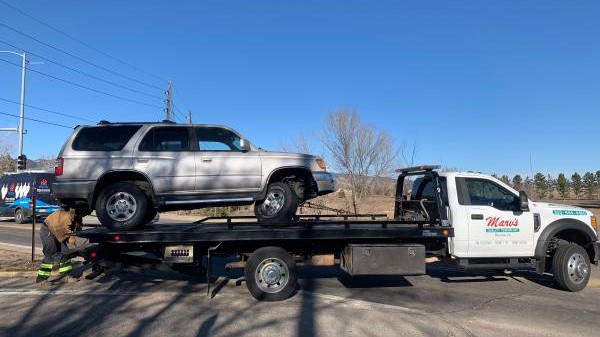
1996 to 2002 Toyota 4Runners are reliable, reasonably sized, and were the last generation available with a manual transmission. Add in the Toyota tax and they are nearly always priced higher than a 20 year old truck should be. So while I wasn’t really looking for a 4Runner, I couldn’t pass up a deal on an otherwise clean one with a failed ball-joint.
It was first listed for $1000, but even with the collapsed suspension I ended up bidding against other buyers and had to go up to $1700. Considering that’s what I paid for the T100 4 years ago, I’m considering it a lucky number.

Though compared to the headgasket on the T100, it much easier to get back on the road. At a minimum it need new upper and lower balljoints on the passenger side, along with a CV. Considering the rest of the balljoints were just as likely to fall apart, I went through the driver’s side as well and threw in new tie-rods while I was at it. Once it was back together I swapped over the tires from the T100 and it’s now taken over as my commuter.

